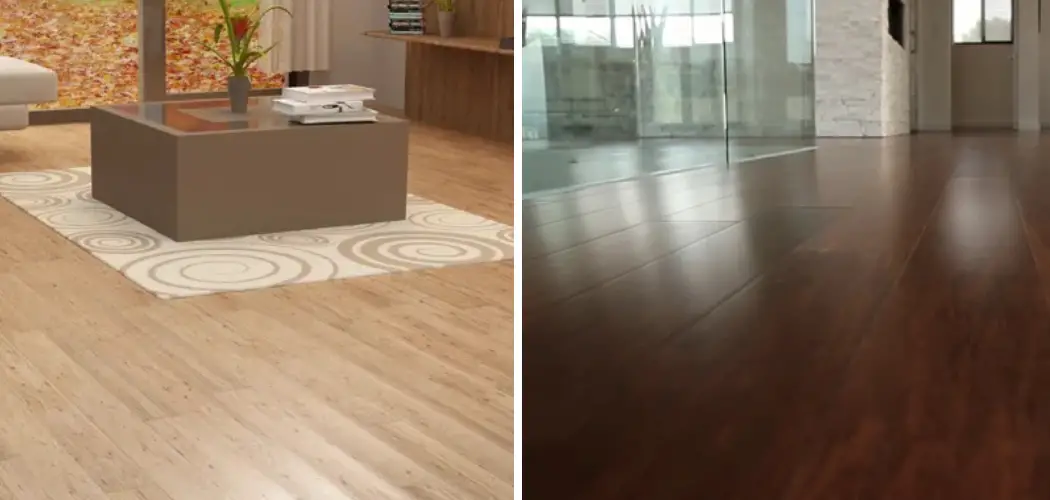Sweating floors can lead to warping and buckling, which can cause costly repairs. Keeping your wood floors dry is essential to preventing damage from moisture and keeping them looking beautiful for years to come.
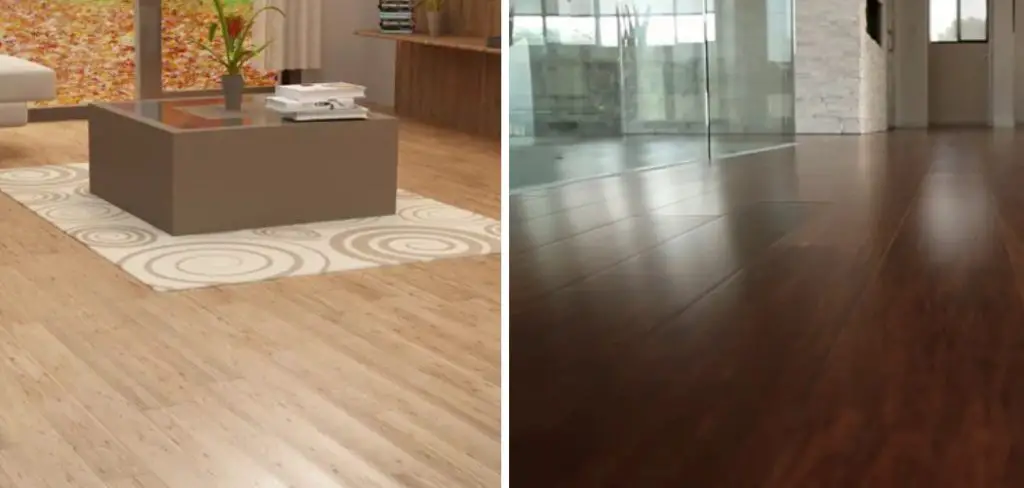
The main advantage of stopping wood floors from sweating is that it prevents the formation of mold and bacteria on your wood flooring, which can lead to health issues. Dehumidifying the room will help to reduce moisture in the air, preventing condensation on your wood flooring and eliminating dampness. In this blog post, You will learn in detail how to stop wood floors from sweating.
Step-by-Step Processes for How to Stop Wood Floors From Sweating
Step 1: Inspect the Room
Inspect the room where the wood floor is sweating to determine what is causing the problem. Check for air leaks and drafts coming from windows, doors, and other openings that can cause humidity levels to increase in a room. Pay attention to areas around plumbing, such as bathrooms and kitchens, since these are common sources of moisture. If you find any leaks, seal them with caulk or weatherstripping.
Step 2: Install Vapour Barrier on the Room
Install a vapor barrier to stop moisture in the air from reaching the flooring. This is especially important if you live in an area with high humidity levels and your wood floors are located below grade. A vapor barrier is a sheet of plastic material that helps to trap moisture and prevent it from reaching the wood.
Step 3: Use Humidifiers or Dehumidifiers
Using one or both of these devices can help regulate the humidity levels in a room. A humidifier adds moisture to the air, while a dehumidifier removes excess moisture. Placing one or both of these items in a room can help keep the humidity at an optimal level and prevent the wood from sweating.
Step 4: Increase Air Circulation
Increase air circulation in the room by using fans or opening windows to allow fresh air flow. This will help reduce moisture levels and discourage the wood floors from sweating. Keeping your hardwood floors clean is essential for preventing them from sweating. Sweaty wood floors can be caused by dirt, dust, and grime that builds up on the surface, which traps moisture and causes it to condense on the wood. Wipe up spills and vacuum or sweep the floors regularly to keep them clean.
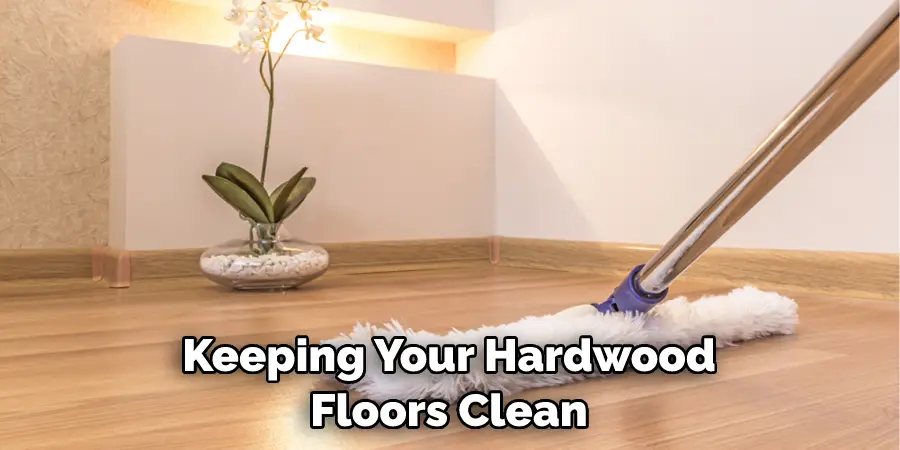
Step 5: Make Sure the Wood Floors Are Well-Ventilated
Make sure that your hardwood floors are well-ventilated by having proper air circulation in the room. This will help reduce moisture levels and discourage sweating. Use a degreaser to help remove any dirt, dust, and grime that has built up on the floors. This will help reduce sweating by eliminating buildup that can trap moisture and cause it to condense on the wood.
Step 6: Seal Wood Floors
Sealing your hardwood floors can help protect them from condensation. A sealant will create a barrier between the wood and moisture, reducing sweatiness. Be sure to use a product that is specifically designed for hardwood floors and follow the manufacturer’s directions for application.
Choose cleaning products that are specifically designed for wood floors. Some cleaners may contain ingredients that can damage the sealant on your floor, so be sure to read labels carefully. Avoid using harsh chemicals or abrasive materials, as these can strip away the finish and allow moisture to seep in.

Step 7: Monitor Humidity Levels Regularly
Monitoring the humidity levels in your home regularly is important for preventing wood floors from sweating. Invest in a hygrometer to measure the humidity and make sure that it stays at an optimal level. If the levels are too high, adjust them by using a humidifier or dehumidifier, or increase ventilation by opening windows and using fans.
By following these steps, you can help stop your wood floors from sweating and keep them in good condition for years to come. If the problem persists, contact a professional flooring specialist for advice and assistance.
Tips for How to Stop Wood Floors From Sweating
- Ensure that your wood floors are not exposed to excessive amounts of humidity or dampness. If you find that your floors are sweating, then it is best to take preventative measures immediately.
- Regularly clean, vacuum, and sweep the floor, as this will help keep the floor dry and free of any possible moisture.
- Invest in a dehumidifier to help reduce the amount of moisture in the air, as this will ultimately help reduce the sweating from your wood floors.
- Consider using area rugs or other coverings for high-traffic areas such as entrances, hallways, and living rooms to help absorb any excess moisture.
- Make sure to properly treat your wood floor with a sealant to help protect it from the elements. This will also help reduce sweating.
- Check around windows and doors for any drafts or water leaks that could be contributing to the moisture on your wood floors.
- If you have a basement, make sure to inspect it for any water damage or mold that could be affecting your floors. Treating this will help reduce moisture and ultimately prevent wood floor sweating.
These tips should provide guidance on stopping wood floors from sweating safely and effectively. If you are still having issues, contact a professional floor installer to assess the situation and make sure that your floors are properly treated.
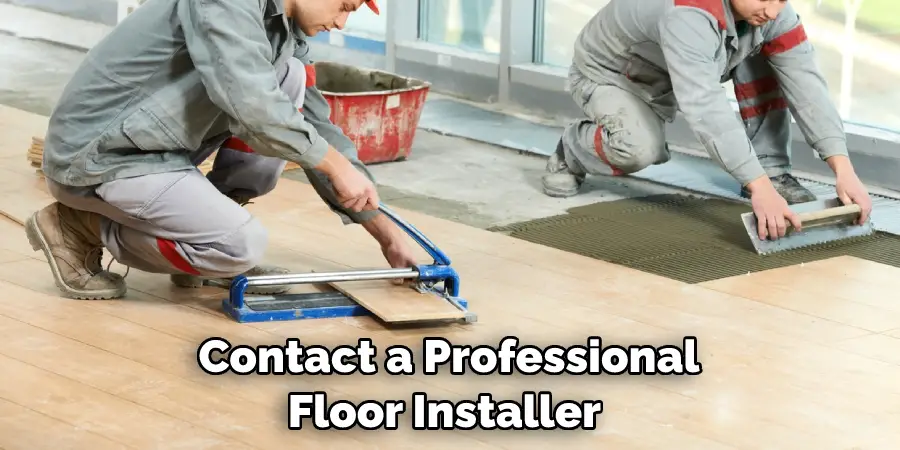
What is Causing Your Wood Floors to Sweat?
Wood floors can sweat for a variety of reasons. In some cases, it’s due to the buildup of humidity in the room, while other times it may be from contact with cold air coming from outside or through cracks and crevices in the walls.
Additionally, if your wood floor is exposed to water or moisture on a regular basis, it may start to sweat as a result. No matter the root cause of your wood sweating, there are several steps you can take to stop it from happening in the first place.
One of the best ways to prevent wood floors from sweating is by controlling the humidity levels in your home. This should be done by using a dehumidifier to reduce the amount of moisture in the air. Additionally, using a fan to circulate the air can help keep humidity levels low and lessen sweating on wood floors.
If you notice that your wood floors are sweating due to contact with cold air from outside, consider adding insulation around windows or walls where cold air is entering your home. Doing this will help keep the temperature inside more consistent and prevent it from contacting your wood floors directly.
What Can You Do to Prevent Your Wood Floors From Sweating?
The most effective way to stop sweating wood floors is to reduce the air’s humidity level. This can be done by investing in a dehumidifier for your home and ensuring you regularly air out your rooms, especially those with wooden flooring. You should also ensure that any leaks or spills are cleaned up quickly and that the area is dried thoroughly.
Another way to reduce sweating wood floors is to ensure that they are properly sealed. There are many different sealants available on the market, so it’s important to select one that best suits your needs and the condition of your wooden flooring.
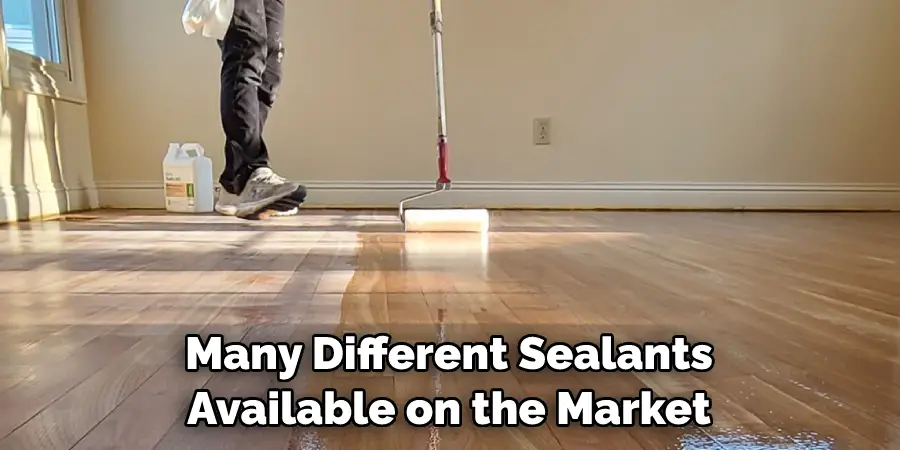
Applying a sealant will help protect your floors from moisture and will also reduce the appearance of sweating. You should also take steps to improve the ventilation in your room, such as opening windows during warmer months and installing fans to help circulate air when the temperature rises.
Is There a Way to Protect Your Wood Floors From Future Sweating?
The best way to protect your wood floors from sweating is to take preventative action. The most important step is to inspect and maintain the humidity levels in your home regularly. Keep all windows and doors closed when it’s hot and humid outside, and use a dehumidifier if necessary. You should also open windows during cold weather months for ventilation.
Another important step is to make sure that your wood floors are properly sealed and waterproofed. This will help protect them from moisture and prevent sweating. Make sure to use a high-quality sealant and finish when applying the sealant, as this will provide the best protection against moisture. Additionally, if you have area rugs or carpeting in your home, ensure they are properly sealed.
What Are Some Tips for Maintaining Your Wood Floor in Order to Prevent It From Sweating?
- Ensure the Room is Well-ventilated: Open windows and use fans to circulate air in your space. This will help balance out moisture levels throughout the room, reducing the possibility of sweat on your wood floors.
- Keep Humidity Levels Consistent: Monitor humidity levels using a hygrometer and adjust them if they are too high or low. Aim to keep the humidity in your home between 30-50%.
- Use Moisture Mats: When used properly, moisture barrier mats will help reduce sweat on your wood floors by preventing any excess water from seeping through.
- Clean Up Spills and Messes Quickly: Unaddressed messressed spills and messes can cause moisture to build up on your floor. Be sure to wipe up any water or spills as soon as possible to avoid long-term damage caused by sweat.
- Use Area Rugs and Mats: Place area rugs and mats in wet areas such as the kitchen or bathroom so that you can absorb any moisture before it reaches your wood floors. Be sure to check these mats and rugs periodically for signs of damage or moisture buildup.
Following these tips is a great way to ensure that your wood floors won’t suffer from sweating. You can keep your wood floors looking their best by controlling humidity levels, cleaning up spills quickly, and using moisture mats.
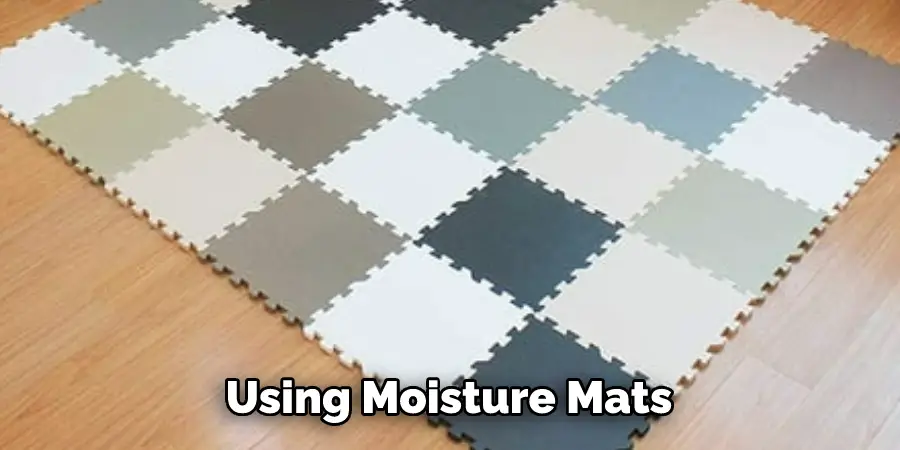
Conclusion
In conclusion, stopping wood floors from sweating requires a combination of strategies. Clean the floor regularly to remove dirt and debris that can cause moisture buildup. Invest in an area rug to keep humidity levels down, and use dehumidifiers or fans to further reduce humidity in the room where the wood floors are located.
Consider applying a sealant in areas with high humidity to stop any wood from sweating. I hope this article has been beneficial in learning how to stop wood floors from sweating. Make Sure the precautionary measures are followed chronologically.
You Can Check It Out Remove Dark Spots on Hardwood Floors

